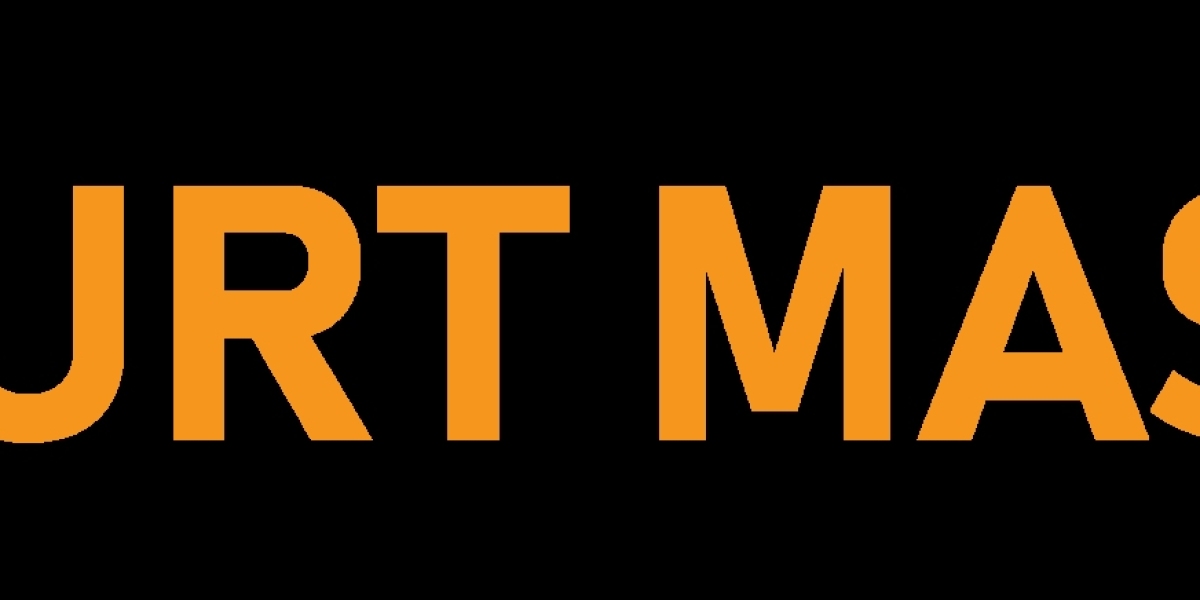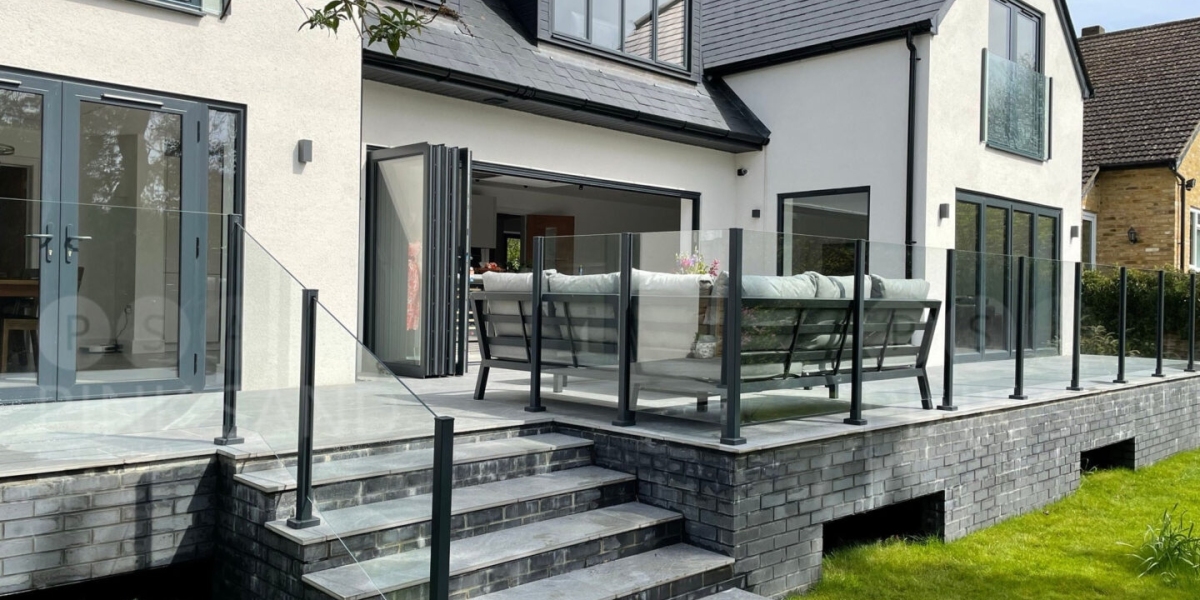Pickleball has exploded in popularity across the United States, appealing to players of all ages with its fun, fast-paced gameplay and accessible rules. Whether you’re building a private backyard court or developing a community recreation facility, proper pickleball court construction and installation are key to ensuring longevity, safety, and high-quality play. Here’s everything you need to know.
Site Selection and Preparation
The first step in building a pickleball court installation is choosing the right location. The site should be level, well-drained, and large enough to accommodate not just the playing area but also safe perimeters and fencing. A standard pickleball court measures 20 feet wide by 44 feet long for both singles and doubles play, with a total recommended playing surface of 30 by 60 feet to allow room for movement and amenities.
Site preparation involves clearing vegetation, grading the surface, and laying a strong, stable base. Proper drainage is essential to prevent water damage and uneven surfaces.
Surface Materials and Construction
There are several options for pickleball court surfacing, including:
- Concrete: Durable, low-maintenance, and ideal for long-term installations.
- Asphalt: Cost-effective and slightly softer, though it may require resurfacing over time.
- Modular Tiles: Quick to install and great for multi-use courts or temporary setups.
After the base is poured and cured, an acrylic surface coating is typically applied. This not only enhances traction and playability but also protects the court from weathering. Color combinations usually include a green or blue playing area with contrasting boundary lines.
Court Markings and Net Installation
Accurate court striping is critical for fair play. Lines are painted according to USA Pickleball regulations and include baselines, sidelines, non-volley zones (the kitchen), and service areas. A regulation pickleball net is 36 inches high at the sidelines and 34 inches at the center, installed on sturdy posts anchored into the court.
Optional Features and Enhancements
To enhance play and comfort, consider adding:
Fencing: Keeps balls contained and defines the court area.
Lighting: Allows for safe, enjoyable evening play.
Windscreens: Improve visibility and reduce wind interference.
Seating and shade structures: Provide comfort for players and spectators.
Professional Installation vs. DIY
While DIY construction may be suitable for temporary or backyard setups, professional installation is highly recommended for permanent courts. Experienced contractors ensure proper grading, surfacing, drainage, and adherence to regulation specifications, ultimately saving time and costs on future repairs.






